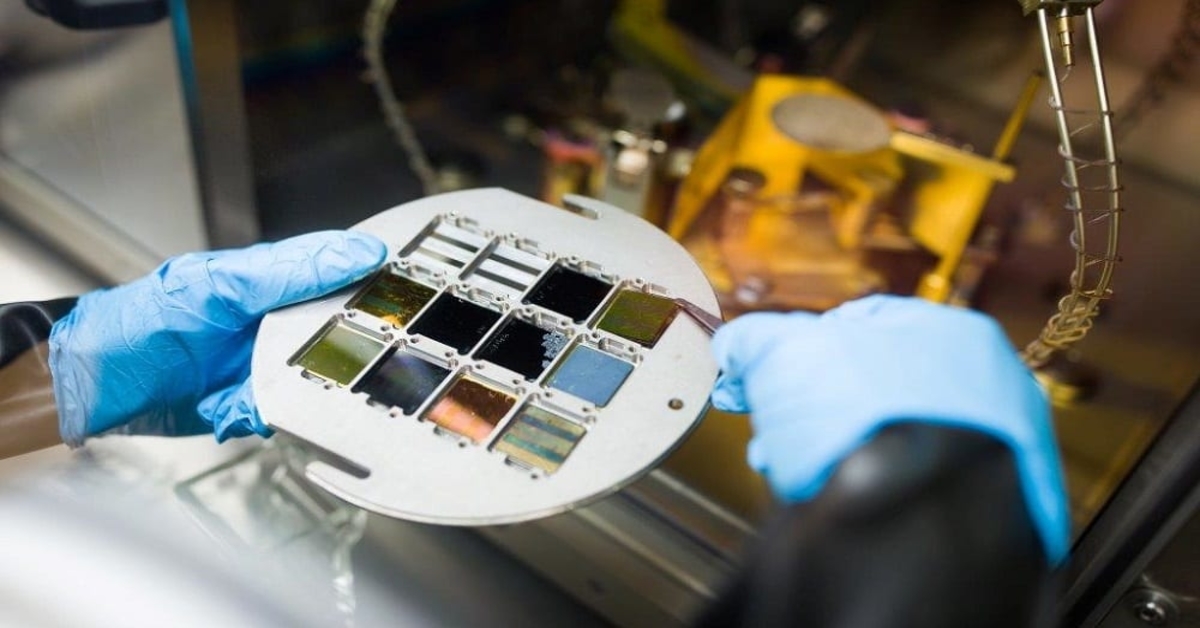In the past two decades, solar technology has been proliferating at lightning speeds—truly a modern marvel of technology and economics. And its development is still not showing signs of slowing down.
2020 saw the installation of solar power accounting for more than half of all renewable power expansion, followed by wind and hydropower. And in less than five years, solar energy is projected to have an installed capacity greater than the latter two combined.
Apart from expanding installation capacity, photovoltaic (PV) cell researchers are also enhancing the efficiency of solar panels to increase not only their performance but also their lifespan. However, this process has traditionally been arduous and time-consuming. But modern technologies such as artificial intelligence (AI) could offer a quicker alternative.
A more efficient modelling tool for solar cell development.
Many flavours of materials can be used in the manufacturing of solar cells. When a particular material is selected, researchers need to further understand how it interacts with other materials. Effects of layer thickness, dopant concentration, economic feasibility and a plethora of other issues are taken into consideration to produce cost-effective solar cells that can eke out every bit of energy from the sunlight that falls on them.
Computer-modelling tools to simulate the design process have been a boon to researchers. But their bane lies in the inability to optimise different design parameters concurrently. Traditional computational tools take the variables for a particular solar cell design as the input, and churn out the resulting power rating as the output. To streamline solar cell improvement and discovery, researchers from the Massachusetts Institute of Technology (MIT) teamed up with Google Brain.
In a paper published in Computer Physics Communications, the researchers described the software used to evaluate the potential of different solar cell designs, and also to predict which changes would provide improved performance characteristics. With data input on a solar cell configuration, the model outputs a predicted efficiency, while ranking the input parameters based on their influence on the prediction. Ultimately, this greatly reduces the need for researchers to run tedious, compute-intense simulations repeatedly.
Nuances that make a big difference.
One of the two ways the new software could help solar cell development is through optimisation. For instance, if a manufacturer is keen on producing a high-performance solar cell but is clueless about the influence of a light-absorbing material on the overall efficiency, the software could be of help. As each material comes with its optimal thickness where the most charge carriers are created from the light it absorbs, the MIT-Google model could define thickness to maximise solar power output. It doesn’t just stop at thickness. Other factors such as concentration of dopants, insulation layer thickness, or bandgap properties could also be similarly evaluated.
Secondly, the software could also be used to reverse engineer an existing solar cell. The user simply has to know the functioning parameters of the solar cell, such as the current or voltage, and pair these experimental measurements with the simulator. After some data crunching the software could spit out the values of particular material parameters that are initially unknown to the user.
Open-source software for solar cell design.
According to Dr Giuseppe Romano, a research scientist at MIT’s Institute of Soldier Nanotechnologies and the lead researcher of the paper, this is the first open-source simulator with such capabilities. The software package is freely available on GitHub, which would benefit anyone who would like to use it to enhance their solar cell designs.
With the open-source code, researchers could marry it with their optimisation algorithms or machine-learning systems to hasten the development of highly-efficient solar cells. This is definitely a positive step forward in the overarching global imperative to ramp up clean energy production in the transition to a carbon-free future.
And perhaps with the development of practical quantum computers, these simulations could one day be done much more quickly and efficiently.




































